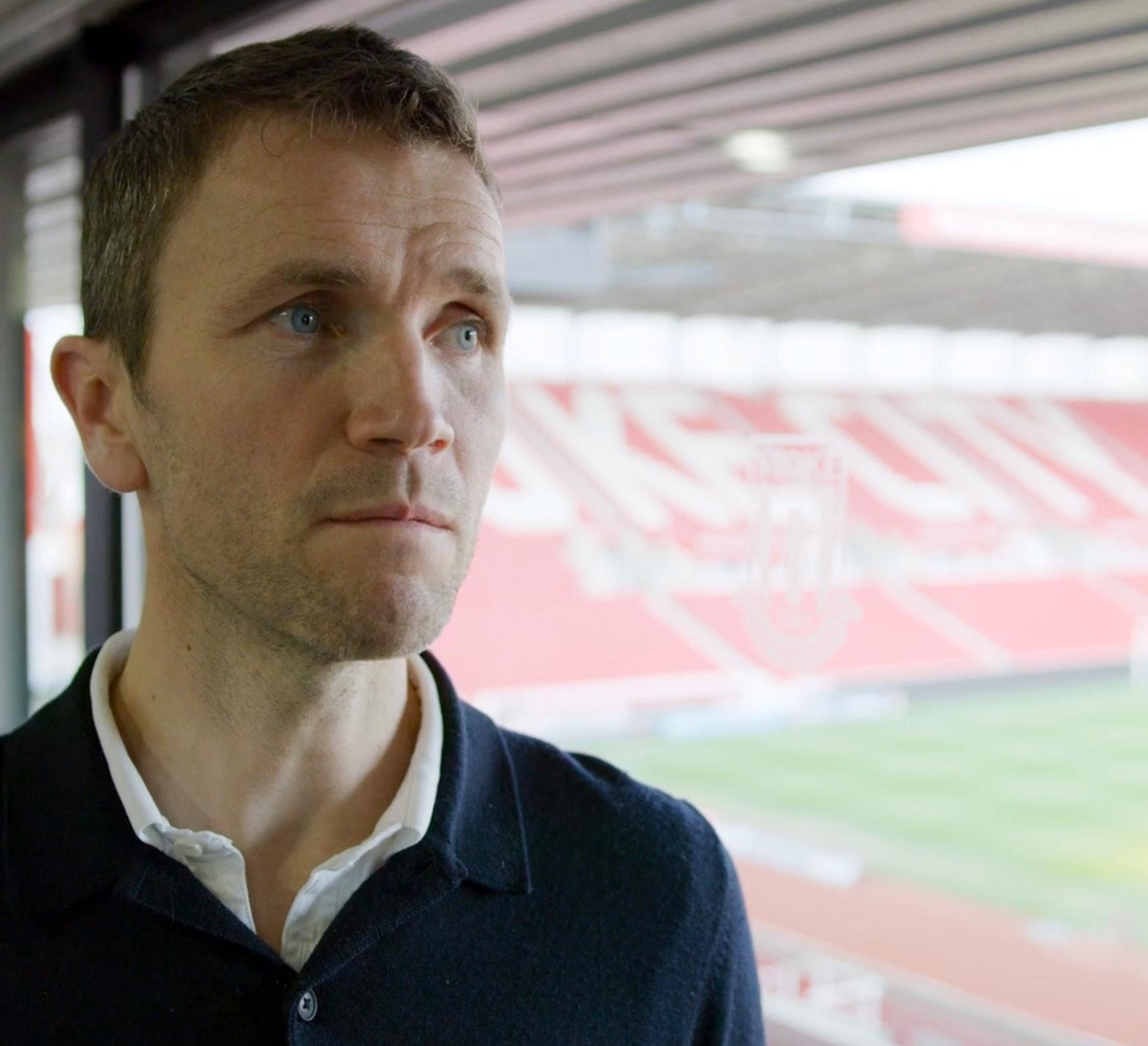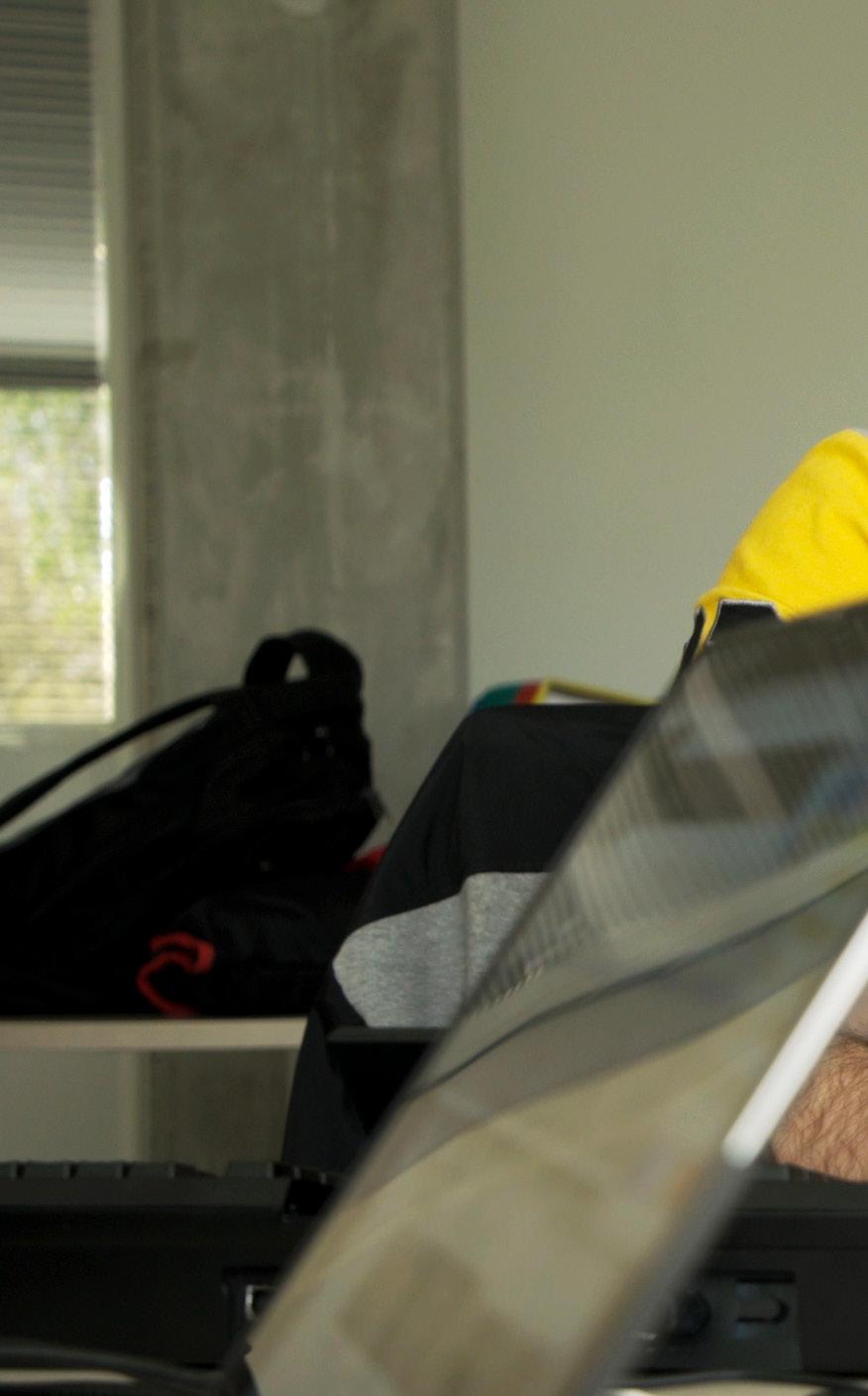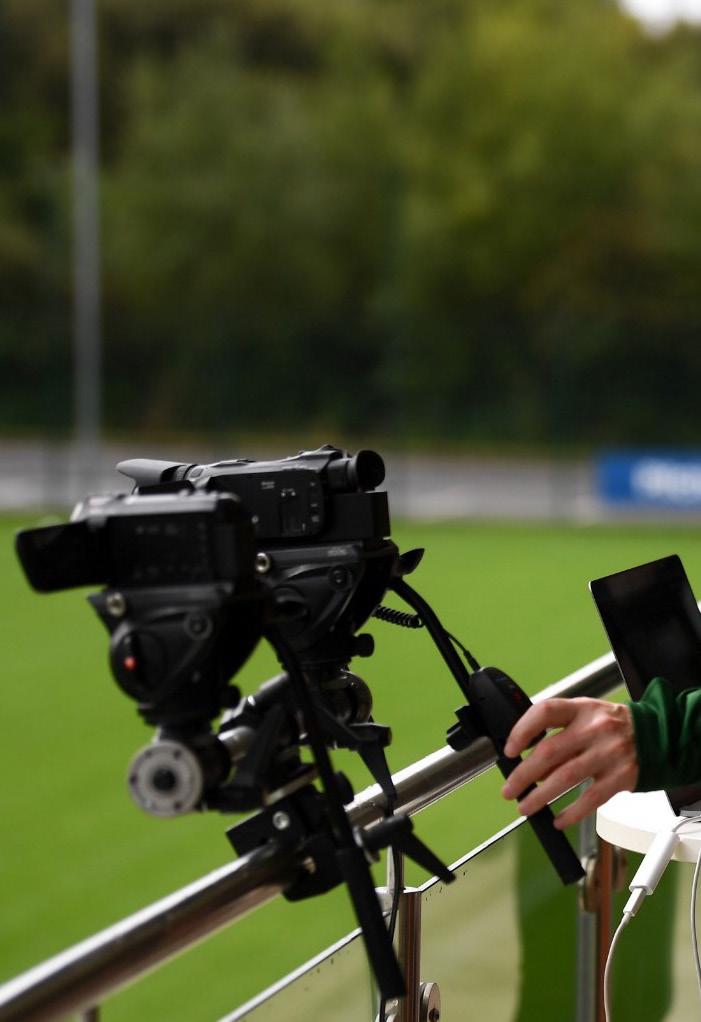
1 minute read
From Chore to Critical: The Changing Face of Video in Modern Football
Damien Johnson is a veteran of the English Football League, appearing in more than 300 matches. Today, as the Blackburn Rovers youth manager, he reflects on how video analysis has changed since his days in the professional ranks.

“It’s changed dramatically from being non-existent when I started, to being a huge tool and component in the game now,” Johnson said. “I started in 1995 and there wasn’t any [video analysis], and if there was a video, it was when you got beat and you had to watch the whole game as a punishment! Now the game has moved on so much that even training sessions are filmed.” The challenge of players’ initial involvement with video is easily overcome when they see how analysis positively affects their development. “What you find is, when they see the benefits, you see that there is a real appetite for it. If I don’t upload a game the players are asking ‘when are you putting the game up?’ The players even want to go through footage of training. It’s just getting that initial buy-in and making them accountable.”
In Johnson’s other role as a development coach, video analysis plays a huge role in terms of helping players reach their potential and break into the first team setup. Their investment in young players has seen breakthrough campaigns for Lewis Travis, Joe Nuttall and Willem Tomlinson. They have all appeared for the first team this term under Tony Mowbray thanks to their excellent displays for the under-23s. The 2017-18 season was a huge success for Johnson’s Rovers under-23 side—they were crowned champions of Premier League 2 Division 2. With video analysis at the helm of their preparations, the youth of Blackburn Rovers have the best possible chance of continued success.









